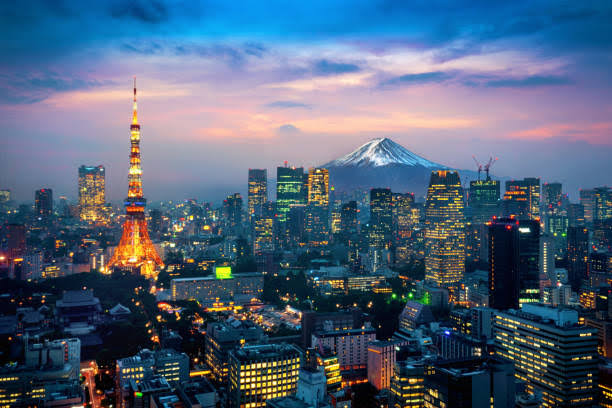NewsRescue
Japan’s birth rate fell to a new low in 2022, capping a long and steady decline that also saw the country experience a record number of post-war deaths.
According to CNN, the country had 799,728 births in 2022, the fewest on record and the first time the figure fell below 800,000. When combined with the record 1.58 million deaths, the country’s population replacement rate is in jeopardy, despite the country admitting more immigrants than is commonly assumed.
Between 2000 and 2010, Japan’s migrant population increased by approximately 500,000 people. However, according to Pew Research, the country’s immigrant population in 2015 was less than 2%. Despite this, a 2018 poll found that 71% of Japanese respondents preferred that immigration numbers remain “about the same” or that the country welcome fewer people, at 58% and 13%, respectively.
Fumio Kishida, Japan’s prime minister, reportedly stated in early 2023 that the country is “on the verge of being unable to maintain social functions.”
“When considering the sustainability and inclusiveness of our nation’s economy and society, we consider child-rearing assistance to be our most important policy,” Kishida said.
Japan “Can’t wait any longer,” he added.
According to macrotrend.net projections, Japan’s birth rate will continue to fall through 2028 before slightly increasing in 2029. It is expected to rise incrementally each year until 2043, then fall back to current levels in the years after that. Overall, the same projections predict a stagnant Japanese population for the next 50 years.
This unresolved issue is afflicting the region’s (if not the world’s) most populous countries, with South Korea also breaking its record for the lowest fertility rates in its history. Korean women have 0.79 children on average, far below the obvious requirement of at least two children per couple to replace a native population.





